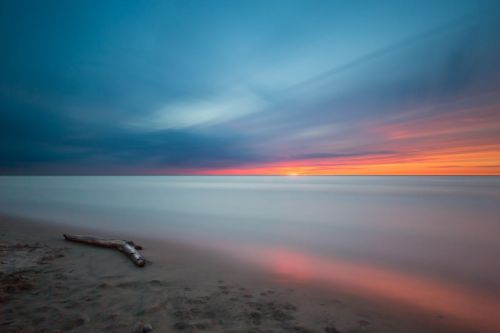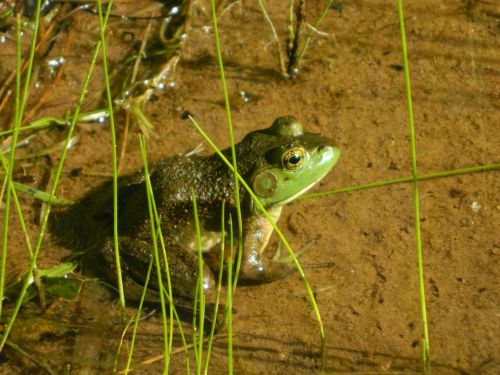The island's conditions favor some of the animals, so the bat population there is really impressive. Seven species of bats live on the Isle Royale.
The woodland caribou population used to be very numerous but was extirpated with the last specimen seen in 1925.
The Canadian Lynx suffered the same fate and disappeared from the island in the 1930s. They can occasionally be seen on the island if they can cross the ice bridge from Canadian territory.
The most popular native fish of the lake are
The Soo Locks has been built to sail from one lake to another. The first locks were constructed in 1855, and today there are two of them:
In 2009 a proposal to build another modern lock has been made. Construction is about to finish around 2030.
About 10 thousand ships pass through the locks every year.












